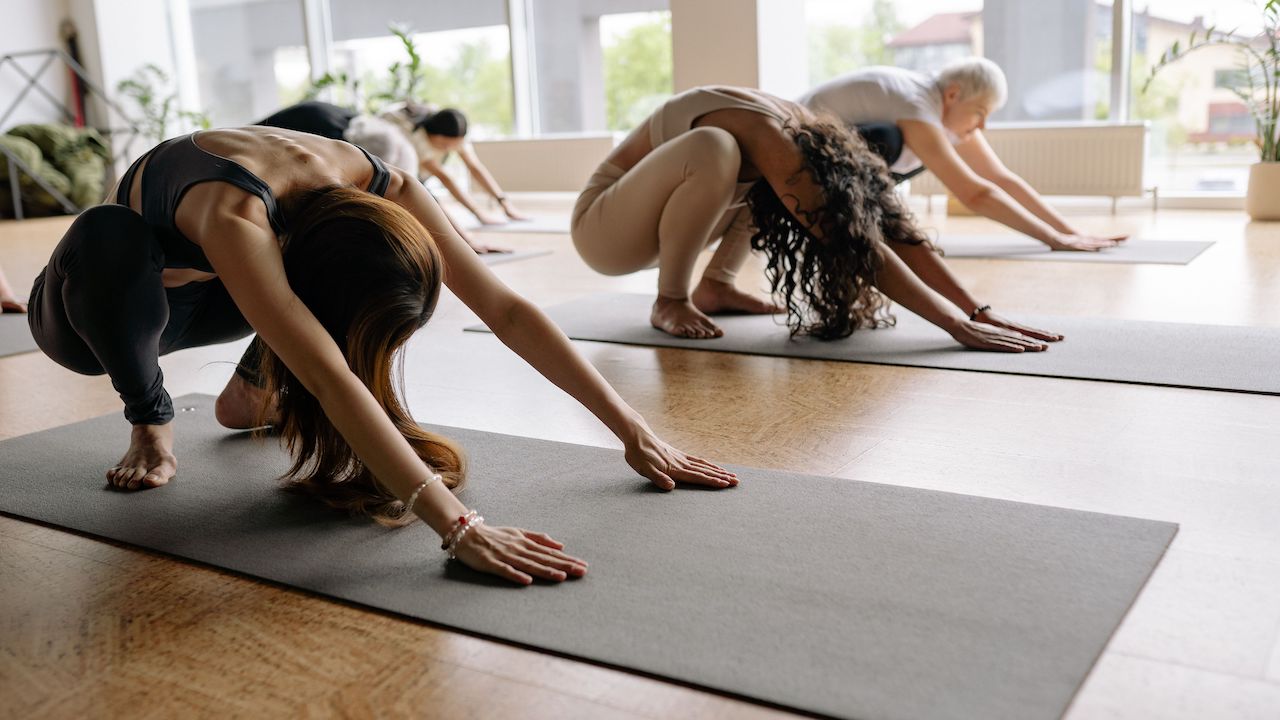

Physical therapy is an incredible way to improve your health and well-being. It can help you regain strength and flexibility, reduce pain and discomfort, and generally make you feel better. Check out our complete guide to understand the full scope of physical therapy for more information.
Yoga is a form of physical therapy that is often overlooked, but it can be incredibly beneficial for those looking to improve their quality of life. By incorporating yoga in physical therapy routines, you can see some amazing results in terms of improved balance and coordination, increased strength and endurance, reduced stress, and improved mental well-being.
Read on to discover the incredible benefits of yoga in physical therapy.
Struggling with balance and coordination? Incorporating yoga in physical therapy routines can help get you back on track!
With its focus on mindful movement and proper breathing, yoga can offer the added support you need to reach your physical goals. Incorporating yoga into your routines can optimize your breathing, helping you to better concentrate on your exercises and movements, thus improving your balance and coordination.
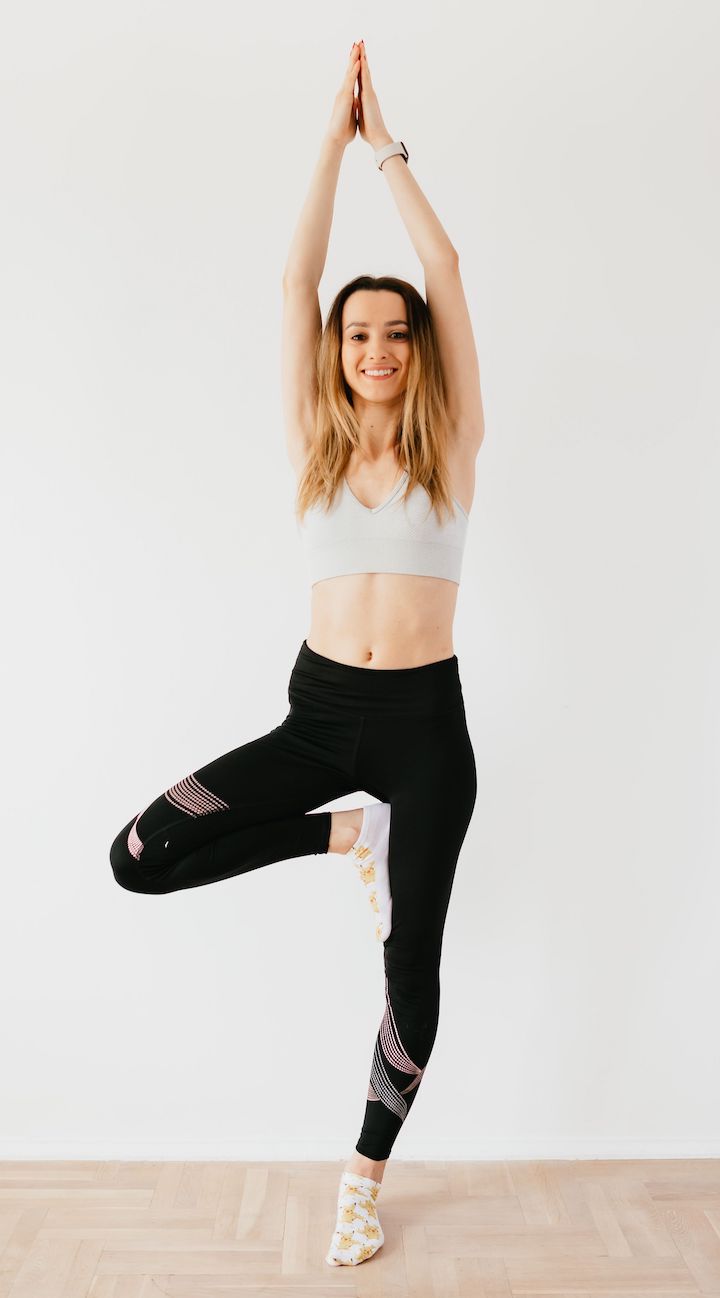
Photo Credit: Karolina Grabowska
With regular practice, you can create the ideal balance of strength, flexibility, and control that will help you to navigate your physical therapy routine with ease. Yoga can be tailored to your specific needs, with gentle postures and movements that can safely be repeated, making it an excellent choice for those looking to improve their balance and coordination.
By optimizing your breathing and improving your concentration, yoga can help you to get the most out of your physical therapy routine and help you to reach your goals. Here are more benefits of balance training in physiotherapy.
Have you ever wished you could increase your strength and endurance without going to the gym?
Yoga can help you do just that! Not only can yoga be an effective way to build muscle mass, but it can also increase joint stability and strengthen your core muscles. This can lead to better balance and coordination, which can help improve your physical performance and reduce the risk of injury.
By focusing on mindful movement and breathwork, yoga can help you build strength, increase flexibility, and improve your overall endurance. It can also help reduce stress and anxiety, which can help you stay on track with your physical therapy goals.
With regular yoga practices, you can significantly improve your strength and endurance without having to spend hours at the gym. If you really want to learn about incorporating strength training exercises into physical therapy, see our separate guide to it.
If you’re not looking to deal with pain and discomfort, yoga’s not for you – but if you are, you’re in luck! Yoga is a great tool for physical therapy to reduce pain and discomfort in the body. It is known to be a great alternative to traditional therapies, as it focuses on lifestyle modifications that can have a lasting effect on the body.
When done correctly, yoga can help you:
Yoga can help you to better understand your body, and it can help you to be more aware of how your body is feeling. This can help you to better identify areas of pain and discomfort and can help you to take control of your own body.
Through yoga in physical therapy, physiotherapists can help you to gain control of your pain and to reduce it. It is a great way to help you to stay active, and to keep your body healthy and strong.
Gaining mobility can be a challenge, but yoga can offer a comprehensive approach to aid in regaining it. In physical therapy, yoga is an important tool for enhancing mobility and restoring range of motion.
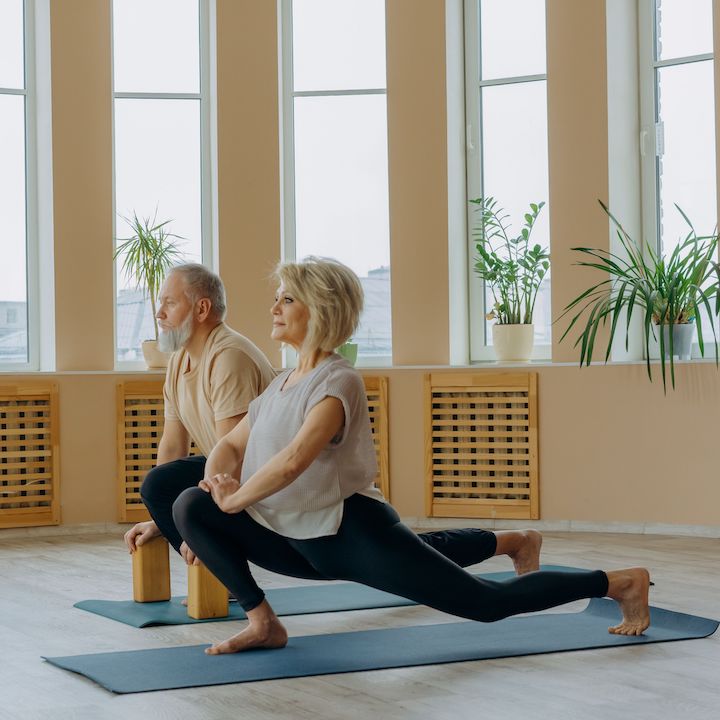 Photo Credit: Mikhail Nilov
Photo Credit: Mikhail Nilov
For example, a physical therapist may prescribe a series of yoga poses to help improve posture, strengthen weakened muscles, and increase flexibility. These poses are designed to target specific areas of the body, allowing them to move more freely.
Yoga can also help reduce pain and discomfort, which is essential for regaining mobility. Many poses can be used for both stretching and strengthening, making them an ideal choice for physical therapy.
Furthermore, yoga can be used to help improve balance and coordination, which is especially important for those with mobility issues. By incorporating yoga in physical therapy exercises, patients can enjoy a more comprehensive approach to regaining mobility while also reducing pain and discomfort.
| Benefits | Techniques | Results | ||
|---|---|---|---|---|
| Enhancing Mobility | Stretching and Strengthening | Improved Posture and Range of Motion | ||
| Restoring Range | Balance and Coordination | Reduced Pain and Discomfort | ||
| Injury Prevention | Breathing Exercises | Enhanced Mobility and Functional Performance |
You can improve your posture and help prevent injuries by incorporating stretching, strengthening, and breathing exercises into your daily routine.
Yoga is a great way to achieve this. By strengthening muscles, Yoga can help correct posture and have a better support system for your body. It can also help to reduce the risk of injury by giving your body stronger foundations for its movements.
Practising yoga also helps to increase your flexibility, which can also help you to stay upright and move more freely. Yoga can help you to become more aware of your body and how it moves, allowing you to correct your posture when you start to slouch.
By being mindful of your body, you can also help prevent injuries. Through yoga, you can learn how to move your body more efficiently and with more precision, which can help you to avoid injuries. Learn how physical therapy in general can help you in injury prevention here.
With regular practice of yoga in physical therapy, you will be able to maintain correct posture and move with ease and grace.
Reducing stress can be overwhelming, but taking time for yourself can make a huge difference in your well-being. Incorporating yoga into your physical therapy plan is a great way to do this.
Through calming meditation and mindful breathing, yoga can help to reduce stress and promote relaxation. It can also help to develop your body awareness and increase your ability to focus.
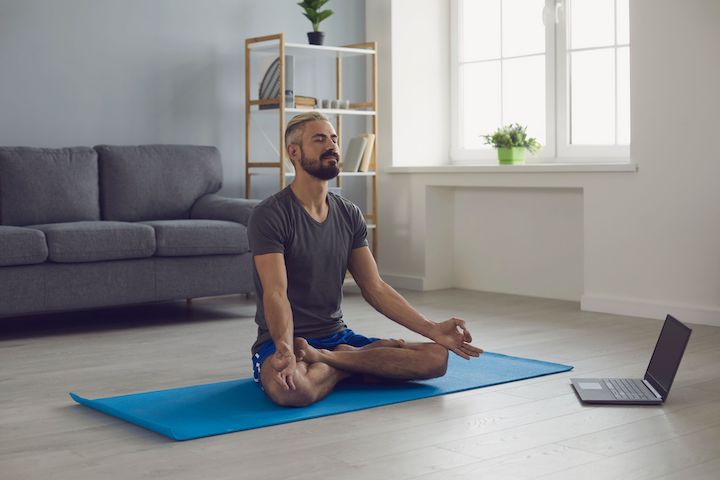 Photo Source: Studio Roman
Photo Source: Studio Roman
By incorporating yoga into your physical therapy routine, you can learn how to manage your stress in a healthier way and gain the skills to stay calm and centred. Yoga helps to reduce stress by focusing on the present moment and connecting with your body.
It also helps to reduce worry and negative thinking. Through mindful breathing, you can create a sense of calm and relaxation that will help you to stay in the present moment and become more aware of your body and its sensations.
The physical benefits of yoga can also help to reduce stress, such as increased flexibility and improved posture. By combining physical therapy with yoga, you can experience the benefits of both and reduce your stress levels.
Immersing oneself in the practice of yoga can help enhance one’s mental well-being, allowing one to find inner peace and clarity. Not only does yoga aid in easing anxiety, but it also has a calming effect on the mind, improving your mood.
In this way, yoga can provide an outlet to deal with any mental health issues one may be struggling with. The physical movements of yoga help increase levels of endorphins, which can lead to an improved outlook on life.
It’s all full circle. Good mental health also means great for physical therapy.
Additionally, yoga is great for uncluttering the mind and cultivating concentration. Through regular practice, one can start to understand the dynamics of their own thoughts and emotions, allowing for a greater sense of self-awareness and self-regulation.
Practising yoga can be a great way to improve one’s flexibility, allowing the body to move more freely and with greater ease.
Improving flexibility can help open up areas of the body, restoring the range of motion and improving breathing. This is especially beneficial for those who are dealing with chronic pain or recovering from an injury.
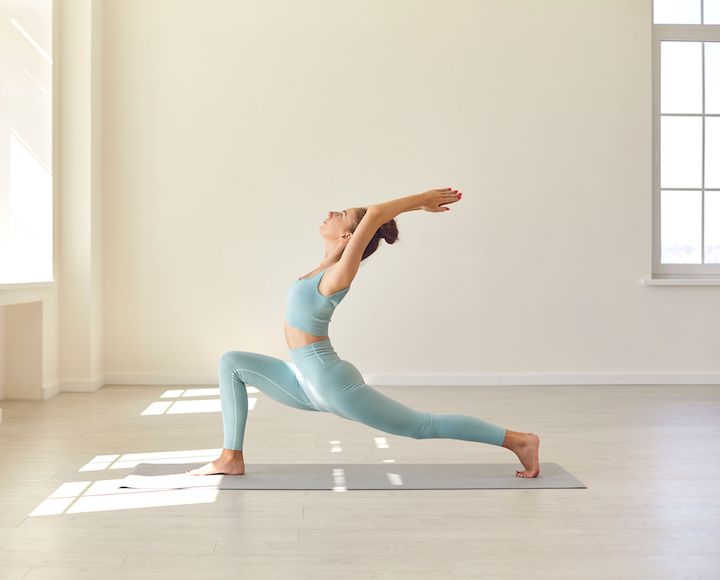 Photo Credit: Studio Roman
Photo Credit: Studio Roman
By stretching and strengthening the muscles, yoga helps to promote healing and bring relief to areas of discomfort. Yoga can also help to reduce stiffness in the joints, improving mobility and allowing for a greater range of motion.
By regularly incorporating yoga in physical therapy routines, one can expect to see an increase in flexibility, leading to greater ease of movement and improved overall health. Learn how flexibility in physical therapy in its entirety can help you in more ways than one.
You’ll be amazed at how one yoga pose can do wonders for your physical therapy routine! Whether you’re looking to increase your flexibility, reduce stress, or gain strength, yoga breathing and connecting your mind to your body can make a huge difference.
From the classic mountain pose to the warrior series, these yoga poses are designed to help you reap the benefits of physical therapy. From building strength to improving your balance, yoga can be an invaluable tool to help you reach your goals.
So take a deep breath, and get ready to experience the mind-body connection of yoga!
Yoga is an excellent form of exercise that can be adapted to suit the needs of people with limited physical abilities.
Tailored exercises can be developed to ensure that the practice of yoga is beneficial and safe for those with restricted physical movement.
With a qualified instructor, you can experience the many benefits of yoga, such as improved strength, balance, and flexibility, while minimizing the risk of injury.
With adapted yoga, everyone can reap the rewards of this ancient practice.
You’ve probably heard of the many benefits of yoga in physical therapy, but how often should you practice it for the best results?
The answer is up to you, but a regular practice of therapeutic stretches and meditation can help you achieve your goals. The frequency of your practice is like a key that unlocks the door to your own body’s healing potential.
By symbolically unlocking that door, you can tap into the power of yoga to help you feel stronger, improve your balance, and reduce pain. Begin with a short practice each day and gradually increase the time and complexity of your routine for maximum physical therapy benefits.
Practising yoga in physical therapy routines can be an effective way to improve your overall health, but it’s important to know that there can be some unwanted side effects.
Stretching techniques and breathing exercises can be especially hard on your body if you’re not used to them.
It’s possible to experience muscle soreness, fatigue, and even dizziness if you push yourself too hard. To avoid these side effects, be sure to take it slow and listen to your body. If something doesn’t feel right, take a break or adjust your pose.
With the right approach, yoga can be a great way to improve your physical health and well-being.
You may be wondering if there’s an age limit for practising yoga as part of physical therapy. The short answer is no – yoga is suitable for people of all ages.
It can help improve flexibility, strength, and balance, which can be beneficial for people of any age. Additionally, yoga combines mindful meditation techniques with physical exercises that can help with relaxation and stress relief.
Many physical therapists recommend yoga as part of a comprehensive physical therapy program, as it can help improve the overall health and well-being of a person.
You’ve seen how yoga can immensely benefit physical therapy. Improved balance and coordination, increased strength and endurance, reduced pain and discomfort, regained mobility, improved posture, reduced stress, and enhanced mental well-being are just a few of the benefits.
All of these come together to create an experience that is truly transformative. Yoga is like a kaleidoscope, constantly shifting and rearranging to create something unique and beautiful.
It’s no wonder it has become such a popular companion to physical therapy. So don’t be afraid to take a leap of faith and give yoga a try. You won’t regret it!
There are no results matching your search.
Reset